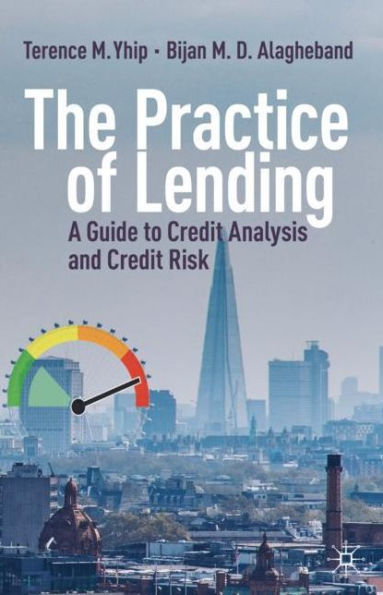5
1
9783030321963



The Practice of Lending: A Guide to Credit Analysis and Credit Risk available in Hardcover, eBook

The Practice of Lending: A Guide to Credit Analysis and Credit Risk
- ISBN-10:
- 3030321967
- ISBN-13:
- 9783030321963
- Pub. Date:
- 02/28/2020
- Publisher:
- Springer International Publishing
- ISBN-10:
- 3030321967
- ISBN-13:
- 9783030321963
- Pub. Date:
- 02/28/2020
- Publisher:
- Springer International Publishing

The Practice of Lending: A Guide to Credit Analysis and Credit Risk
$84.99
Current price is , Original price is $84.99. You
84.99
In Stock

Product Details
| ISBN-13: | 9783030321963 |
|---|---|
| Publisher: | Springer International Publishing |
| Publication date: | 02/28/2020 |
| Edition description: | 1st ed. 2020 |
| Pages: | 451 |
| Product dimensions: | 6.10(w) x 9.25(h) x 0.00(d) |
About the Author
What People are Saying About This
From the B&N Reads Blog
